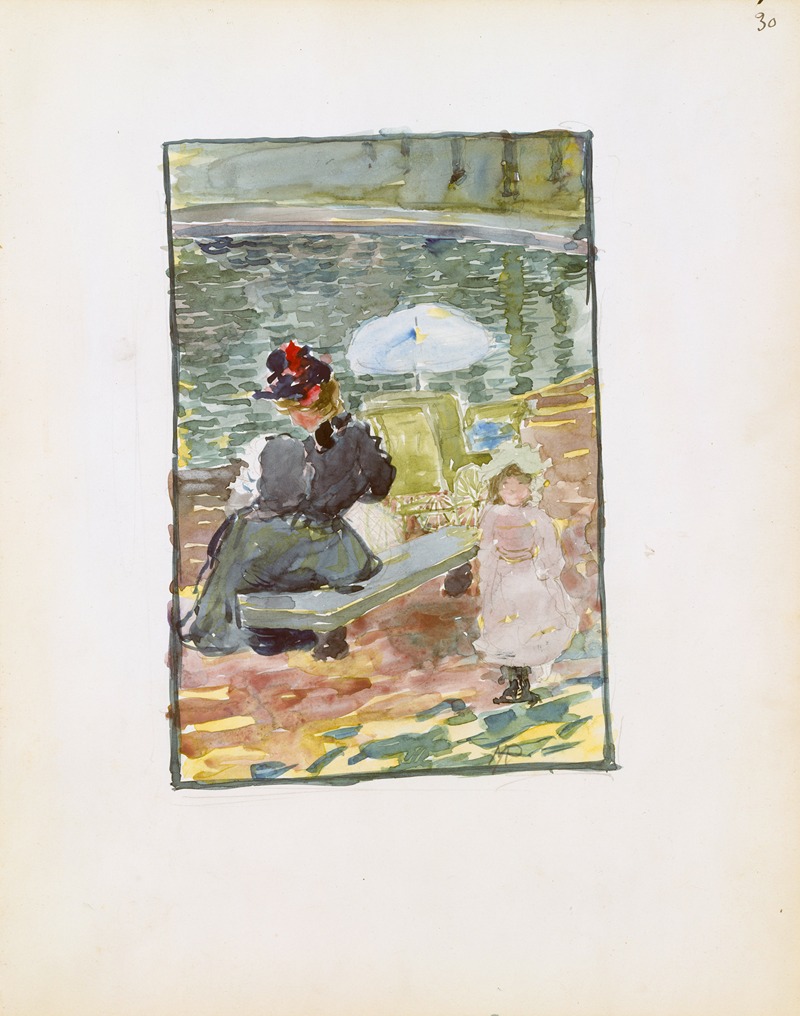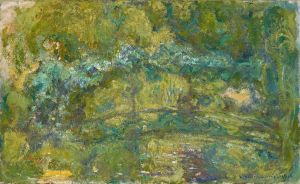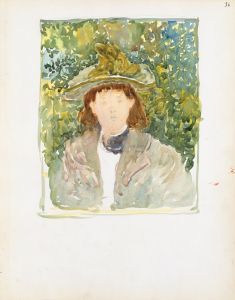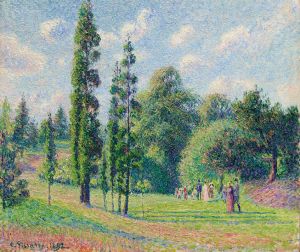
A mother sitting at the edge of a pond with her baby and a young daughter
A hand-painted replica of Maurice Prendergast’s masterpiece A mother sitting at the edge of a pond with her baby and a young daughter, meticulously crafted by professional artists to capture the true essence of the original. Each piece is created with museum-quality canvas and rare mineral pigments, carefully painted by experienced artists with delicate brushstrokes and rich, layered colors to perfectly recreate the texture of the original artwork. Unlike machine-printed reproductions, this hand-painted version brings the painting to life, infused with the artist’s emotions and skill in every stroke. Whether for personal collection or home decoration, it instantly elevates the artistic atmosphere of any space.
Maurice Prendergast was an American Post-Impressionist artist known for his vibrant use of color and distinctive style, which often depicted leisurely scenes of people in parks and along beaches. One of his works, "A Mother Sitting at the Edge of a Pond with Her Baby and a Young Daughter," exemplifies his unique approach to capturing everyday life with a sense of joy and movement.
Prendergast was born in St. John's, Newfoundland, in 1858, and later moved to Boston, Massachusetts. He initially worked as a commercial artist before studying painting in Paris, where he was influenced by the Impressionists and Post-Impressionists. His exposure to European art movements significantly shaped his artistic style, characterized by a mosaic-like application of color and a focus on pattern and design.
The painting "A Mother Sitting at the Edge of a Pond with Her Baby and a Young Daughter" is a testament to Prendergast's fascination with capturing the essence of social interactions in public spaces. Although specific details about the painting's creation, such as the exact date and location, are not well-documented, it is consistent with Prendergast's broader body of work, which often features scenes of leisure and family life.
In this painting, Prendergast employs his signature technique of using bold, flat areas of color to create a lively and harmonious composition. The figures are depicted in a stylized manner, with simplified forms and an emphasis on the interplay of colors and shapes. This approach reflects Prendergast's interest in the decorative qualities of painting, as well as his desire to convey the vibrancy of modern life.
The scene captures a tranquil moment by a pond, where a mother is seated with her baby and young daughter. The setting is likely a public park, a common theme in Prendergast's work, where he often explored the interactions between people and their environments. The painting's composition draws the viewer's eye across the canvas, inviting them to engage with the scene and the relationships between the figures.
Prendergast's work is often associated with the American Impressionist movement, although his style is distinct in its emphasis on pattern and design over naturalistic representation. His paintings are celebrated for their ability to convey a sense of movement and vitality, capturing the spirit of the early 20th century.
Throughout his career, Prendergast exhibited with the Eight, a group of American artists who challenged the academic standards of the time. His work was also featured in the landmark Armory Show of 1913, which introduced European modernism to American audiences. Today, Prendergast's paintings are held in major collections, including the Metropolitan Museum of Art and the Museum of Fine Arts, Boston.
In summary, "A Mother Sitting at the Edge of a Pond with Her Baby and a Young Daughter" is a quintessential example of Maurice Prendergast's artistic vision. Through his innovative use of color and form, Prendergast captures the beauty and complexity of everyday life, leaving a lasting impact on the American art scene.


















